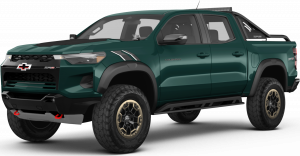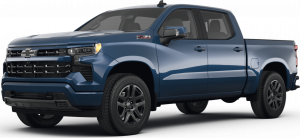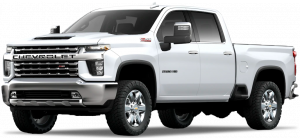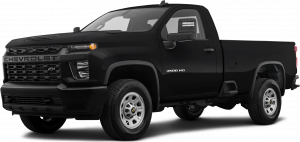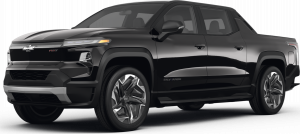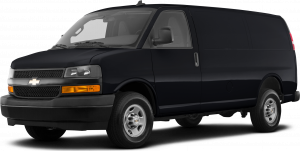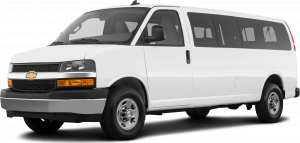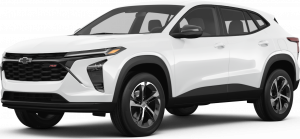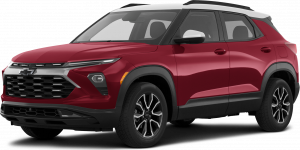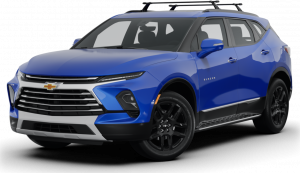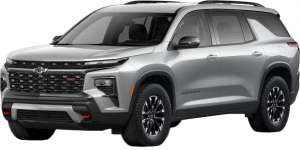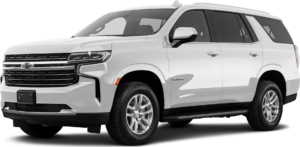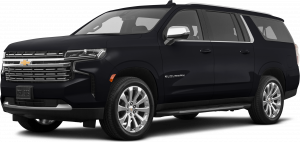In the quest for the perfect vehicle, many buyers are turning their attention to pre-owned options available at dealerships. The allure of a reliable and well-maintained vehicle without the hefty price tag has made pre-owned vehicles increasingly popular.
Sherwood Chevrolet, renowned for its commitment to quality and customer satisfaction, offers a compelling array of benefits that make choosing a pre-owned vehicle an attractive proposition.
Rigorous 150+ Point Inspection
One of the standout features of Sherwood Chevrolet's CPO program is the meticulous 150+ Point Inspection that every vehicle undergoes before reaching the sales floor. Certified Service Experts meticulously go through each vehicle, ensuring that it meets the highest standards of quality, safety, and performance. This comprehensive inspection process guarantees that only vehicles in top-notch condition are deemed Certified Pre-Owned, providing buyers with peace of mind and confidence in their purchase.
24-Hour Roadside Assistance
Embarking on a journey with a Sherwood Chevrolet CPO vehicle means having a safety net in the form of 24-hour roadside assistance. For a minimum of 3 months or 5,000 kilometers (whichever comes first), buyers can drive with confidence knowing that help is just a phone call away. Whether facing a flat tire, dead battery, or any other unexpected mishap, the included roadside assistance adds an extra layer of security to every CPO vehicle purchase.
Manufacturer Warranty
Investing in a Certified Pre-Owned Vehicle from Sherwood Chevrolet comes with the added assurance of a minimum 3 months or 5,000 kilometers Used Vehicle Limited Warranty. This warranty, a standard inclusion, provides coverage for unforeseen issues, giving buyers financial protection in the initial months of ownership. Furthermore, for those with a more flexible budget, the option to extend or upgrade to a more comprehensive Certified Pre-Owned Vehicle Protection Plan is available, allowing for tailored coverage that suits individual needs.
Exchange Privilege
Sherwood Chevrolet goes above and beyond to ensure customer satisfaction with its unique Exchange Privilege. If, for any reason, a buyer is not completely satisfied with their CPO vehicle, they have the flexibility to exchange it within 30 days or 2,500 kilometers (whichever comes first) from the date of purchase. This remarkable offer reflects the dealership's commitment to customer happiness and confidence in the quality of their CPO vehicles.
Opting for a Certified Pre-Owned Vehicle at Sherwood Chevrolet not only opens the door to substantial cost savings but also provides an unparalleled level of assurance and peace of mind. The rigorous inspection process, 24-hour roadside assistance, manufacturer warranty, and exchange privilege collectively make the CPO program at Sherwood Chevrolet a compelling choice for those seeking a reliable, high-quality pre-owned vehicle.


